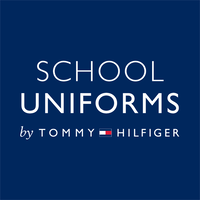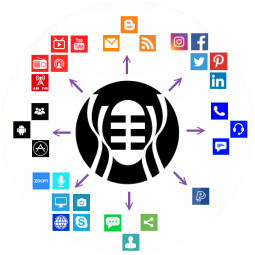
Adam Weil, CEO of Global Schoolwear, was a former senior director in charge of the school uniforms unit at Lands’ End. “The interesting thing about this business model is that if there are 100 kids in a school, and we go 99 out of 100 in outfitting them, we still don’t win if just one kid is out of uniform. That’s one of our biggest challenges—to have enough of the right inventory available in real time for customers to order.”
But it’s a challenge that Global Schoolwear has learned to control with a customized digital commerce platform, Weil and Kohls say. Earlier this year, they put together a new technology framework designed to match thousands of buyers from hundreds of schools with the just the right mix of Tommy Hilfiger garments according to the style, color and school logos each educational institution requires its students to wear.
Global Schoolwear, which has an exclusive license from designer apparel brand Tommy Hilfiger to produce and sell school uniforms, has contracts with more than 450 schools to provide uniforms according to the specifications set by Tommy Hilfiger and by each school. Global Schoolwear takes Tommy Hilfiger’s garment specifications, then works with textile mills to produce the right garment materials in cotton and other fabrics, and works with apparel manufacturers to produce the garments.
It stocks enough goods in its warehouse-fulfillment center—about 1 million pieces at any one time during peak periods, with about 9,000 SKUs—to meet the expected overall back-to-school demand. As customers place orders on each school’s customized electronic product catalog that runs on Global Schoolwear’s ecommerce platform, each order is coded to indicate the garment type, style and color, plus the logo specifications.








